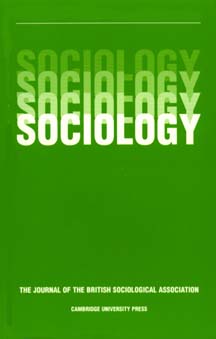No CrossRef data available.
‘SPACE - THE FINAL FRONTIER’
Published online by Cambridge University Press: 01 August 1999
Abstract
For too long the built working environment has been excluded from the analysis of work organisations. Buildings, like other cultural artefacts, encapsulate social and economic priorities and values, and represent prevailing power structures. Work buildings, such as offices and factories, both make possible the organisation of the labour process and also serve as structures of non-verbal communication, providing cues on hierarchy, status and appropriate behaviour. Control over the working environment can be seen as a constituent part of the control of the labour process, displaying similar cyclical movements. Human resource management and information technology are currently combining to encourage a reappraisal of the working environment, but one that is not without its own contradictions.
Information
- Type
- Research Article
- Information
- Copyright
- © 1999 BSA Publications Ltd

